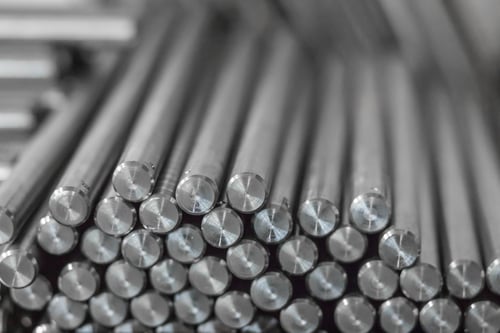Material traceability is an important quality control process in the manufacturing of metal products. It protects buyers and sellers from the liability of defective products. A paper or electronic record is often needed for tax credits, insurance, quality control and environmental certifications. Traceability is essential for the manufacturer and end-user alike. A material traceability system is required to document and verify the origin of every steel component, from the mill to its destination.
Each part should be tracked to trace the source of quality problems or product failures to a specific batch or production process. This allows you to identify, isolate and reduce any other problems associated with a particular heat lot or production process. It also improves performance evaluations and quality control. A heat lot is an identification number that is stamped on the material to show it meets industry standards. It also helps in traceability identification.
Issues From Lack of Following Traceability Standards: Case in Point
Consider an industrial MRO distributor selling a wide range of private-labeled bolts in grade 5, 8, 9 and special 200,000 PSI bolts cap screws. All of these products are made domestically under strict manufacturing processes and traceability standards, except for the grade 5. Their grade 5 cap screws were made at various factories overseas until a problem occurred. A customer insisted the tension he placed on a series of their grade 5 bolts was lower than 120,000 PSI (the highest rating for a grade 5). However, the head (cap) of one bolt had blown off at a high velocity, striking a worker and puncturing his arm. The material traceability for that batch was inaccurate in regard to the mill which supposedly provided the original bar stock-- So, there was no way to prove the bolt met grade 5 standards. The manufacturer retested the batch in question and found many of the bolt heads blew off at less than 100,000 PSI in tension. The manufacturer and MRO distributor settled out of court, paying a high six-figure amount to the customer and the injured worker. Lack of adequate traceability can be a smoking gun in the case of damage or injury. If full traceability standards had been in place, the problem would have likely been traced back to the mill which provided the bar stock.
Materials Used in Hydraulic and Instrumentation Fittings and Valves
Traceability refers to the ability to track every part and material throughout the manufacturing process. This includes raw materials entering the factory to final products being shipped to customers. It ensures integrity and accuracy through electronic signatures, audit logs and automatic data collection. Unique and controlled numbering systems provide information about the status and identification of materials.
Whether they are durable forged fittings, or fittings with cut threads, all fittings and valves must be marked with the manufacturer’s name, material, heat code, part number and maximum pressure to certified material test reports for complete traceability. Though traceability doesn’t end with the fitting body-- all ferrules, nuts and other components, whether instrumentation or hydraulic fittings, must be traceable back to the material origins.
The same goes for valves. All materials and components used in manufacturing valves must be traceable. From valve bodies to internal balls, valve stems, or springs and poppets in check valves, effective traceability is essential for ensuring a trusted product of high quality.
Sources:
